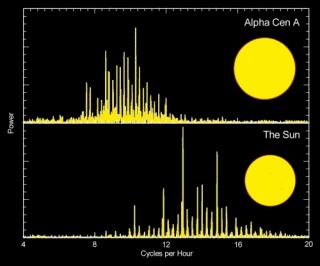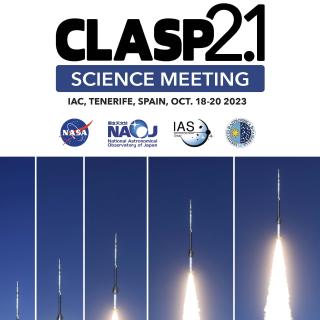The American Astronomical Society (AAS) and its Solar Physics Division (SPD) sponsors an Honorary Prize in memory of Irene González Hernández (La Orotava, Tenerife, Spain, 20 October 1969 - Tucson, AZ, 13 February 2014), a solar physicist who completed her doctoral thesis at the Instituto de Astrofísica de Canarias (IAC).
This prize will be awarded annually to a scientist for a significant contribution to the study of the Sun in a person’s mid-career. The recipient will be invited to deliver a González Hernández Prize lecture at a meeting of the Division and/or the Society. The prize-winner will receive an honorarium and a citation in recognition of their contribution.
Dr. González Hernández was a Spanish solar physicist who pioneered the development of holographic techniques in local helioseismology. These techniques allow the detection of solar activity in the non-visible hemisphere of the Sun.
After obtaining her Doctorate in Astrophysics in 1998 from la Universidad de La Laguna in Tenerife, Spain, working with the solar physics group at the IAC, she spent time in various research institutions—including the National Solar Observatory (NSO) and Stanford University in the United States; and the Queen Mary University of London in the United Kingdom.
In 2003, she started at the NSO with a senior research contract —working with the Global Oscillation Network Group (GONG) team of the National Science Foundation (NSF)— to lead a project developing holographic techniques to detect solar activity in the far-side non-visible hemisphere of the Sun. Dr. González Hernández developed an innovative technique that allows predicting fundamental characteristics of the activity that should appear in the visible hemisphere due to the Sun’s rotation. Its implications in the essential field of space weather have made it a key reference in that field to date.
Dr. González Hernández’ family remains very thankful for this initiative. “Irene is always in our memory, and having her colleagues in the U.S., and around the world, recognizing scientific discoveries each year, in her name, fills us with joy, and helps us overcome the sadness that her loss inflicted on us,” shares her mother.
This Honorary Prize ensures Dr. González Hernández legacy as a scientist, and her crucial contributions to solar physics.

When we look at the Sun we cannot penetrate beyond its outer surface, the photosphere, which emits the photons that make up the radiation we can see. So how can we find out what is inside it?



